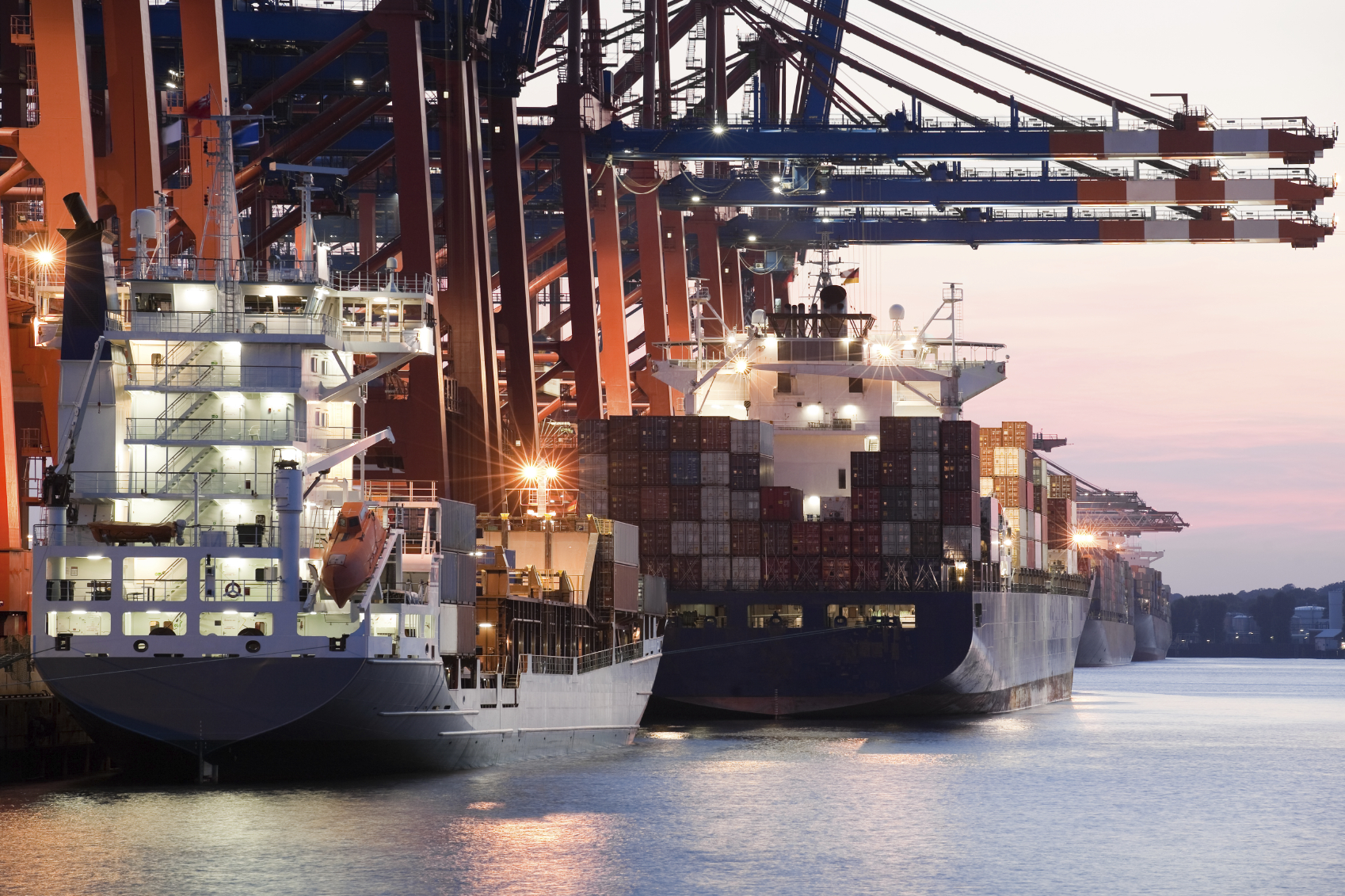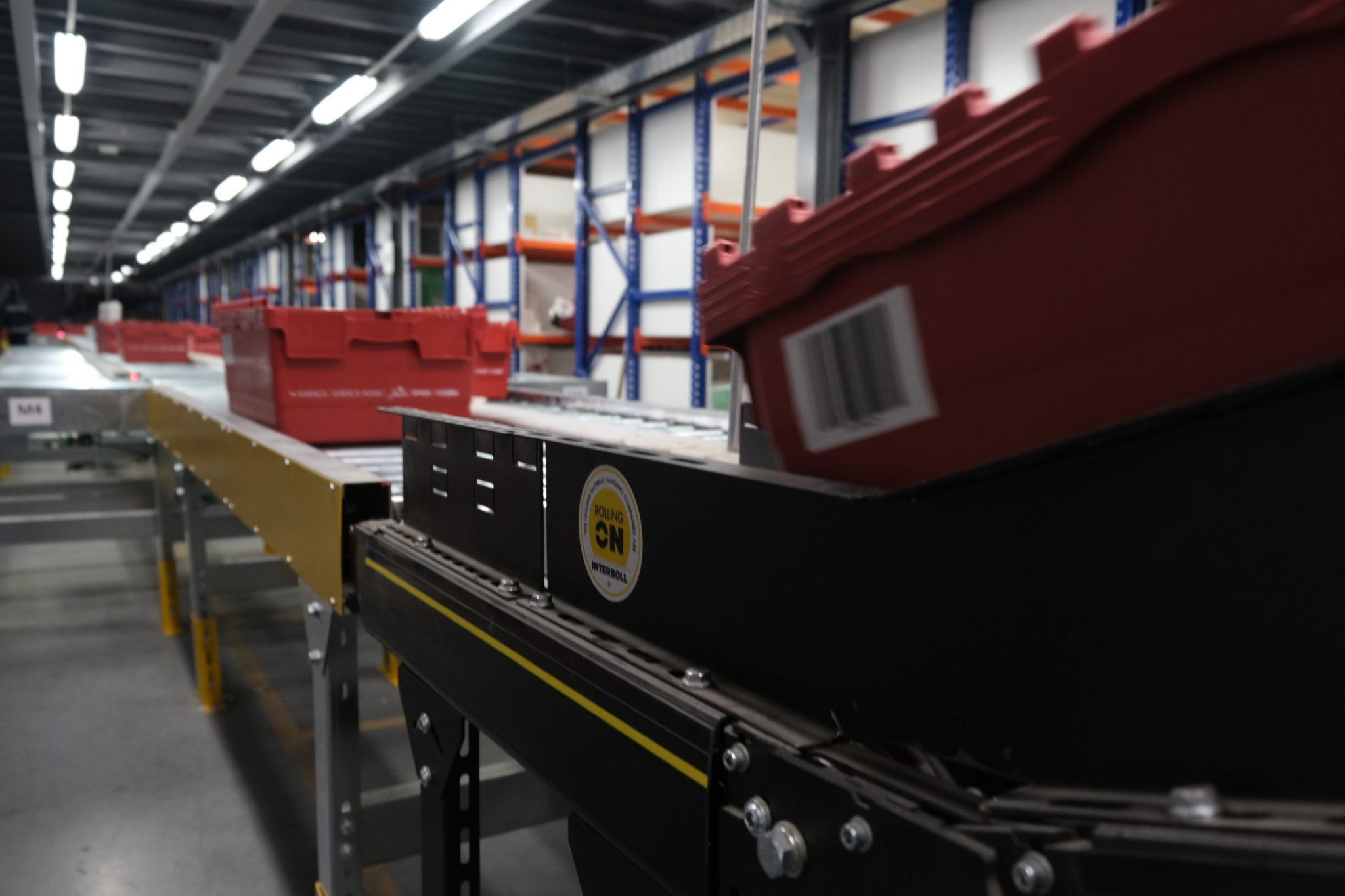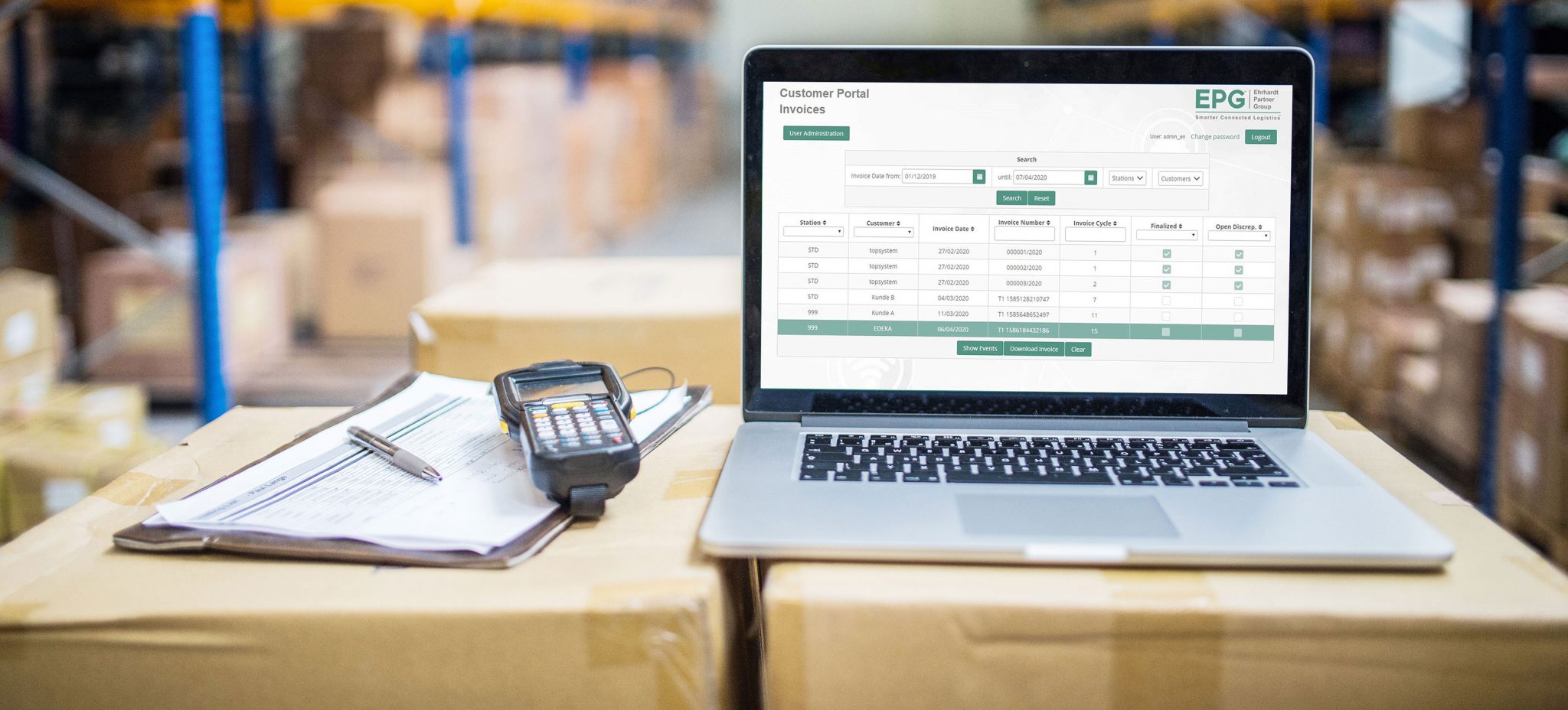The target of 50% of all bills of lading to be electronic within the next decade has been set by the Digital Container Shipping Association (DCSA) in an announcement made last week. International freight transport insurer TT Club welcomes the commitment by the group of container shipping lines that together operate nearly 70% of the world’s capacity. The initiative is consistent with the increased trend towards digitisation across the industry to improve efficiency and reduce costs. However, the current pressures felt through the supply chain as a result of the COVID-19 pandemic have no doubt spurred the action.
In its role as liability insurer and adviser on risk management throughout the container industry, TT Club is active in encouraging digitisation, including the cumbersome bill of lading processes. Additionally, the mutual has been providing valuable guidance to operators on the unique practical issues that they are experiencing with the physical transfer of bills of lading and other documentation due to lockdowns, government restrictions and other COVID-19 related disruptions. The Club has compiled a dedicated COVID-19 webpage¹ to communicate such advice, including numerous briefings, FAQs and links to further regulatory information.
Peregrine Storrs-Fox, TT Club’s Risk Management Director comments, “As early as the late 1990s TT Club recognised the substantial benefits that would accrue to the entire international unitised supply chain, as well as liner shipping businesses, through the adoption of electronic documentation, taking its part in the foundation of bolero.net². This initiative also understood that the bill of lading is but one component in much broader trade practices, including buyers and sellers and, critically, banks. As a result bolero.net has developed a significant array of trade offerings that wrap around the fundamental characteristics that are fulfilled legally in the traditional bill of lading.”
TT Club is concerned that there continues to be such significant reliance on paper-based processes, whether certification, checks, or the range of contractual documents in international trade. The opportunity for seismic efficiencies and broader benefits were extensively explored in TT Club’s joint work with McKinsey & Co, ‘Brave new world? – Container transport in 2043’³ which adamantly concluded that the future for the container shipping industry was digital.
Some advances towards true digitisation have been made over the last two decades, including the formation of DCSA itself, with a mission to bring efficiencies through standardised messaging amongst shipping lines. More pertinent to the electronic bill of lading (ebsl) itself, the last few years have seen a proliferation of options being brought to market, mostly embracing to greater or lesser extent the much-vaunted distributed ledger technologies, or Blockchain. It is also clear that TradeLens, the consortium founded by Maersk and IBM, also has ebsl in sight.
Storrs-Fox concludes, “The current pandemic has inevitably advanced the digital cause. It is entirely reasonable for DCSA to grasp this particular nettle, taking full advantage of the lessons learned over the last two decades. Indeed, the plethora of physical documentation and ‘chops’ for every international transport involving sea carriage remain fertile ground for further efficiencies that may yet dwarf those immediately in view.”
¹https://www.ttclub.com/news-events/coronavirus-guidance/
²https://www.bolero.net/
³https://www.ttclub.com/news-events/brave-new-world/






